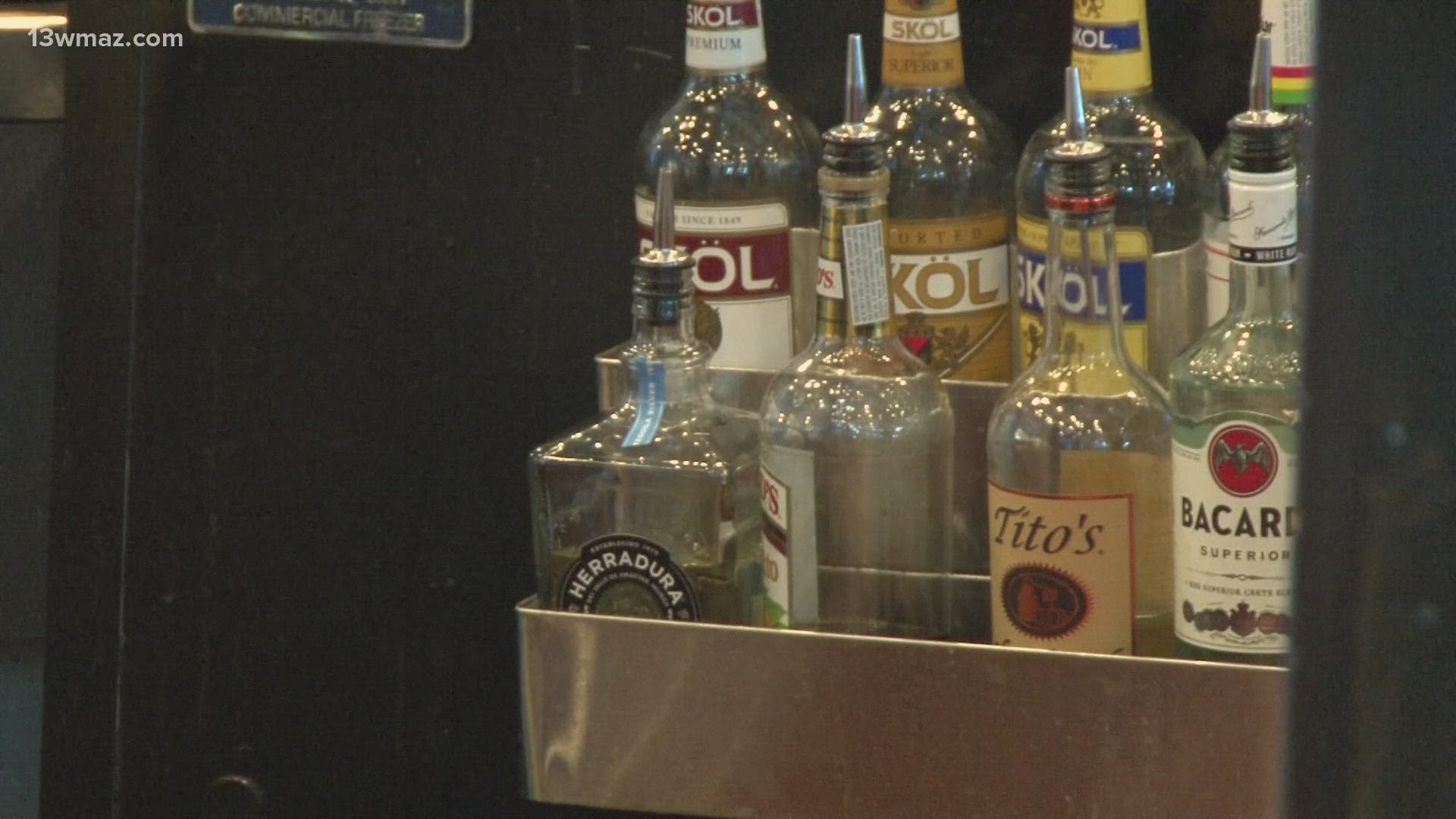![Boy born without fingers ends up getting six hands[ID=32385381] ID=32385381](http://videos.usatoday.net/Brightcove2/29906170001/2015/08/29906170001_4444777822001_video-still-for-video-4444697080001.jpg?pubId=29906170001) On a small family farm atop a verdant hill near Falmouth, Kentucky, Luke Dennison, 8, leads a technological revolution with his left hand.
On a small family farm atop a verdant hill near Falmouth, Kentucky, Luke Dennison, 8, leads a technological revolution with his left hand.
A gauntlet-like device that fits snugly on his arm allows Luke to ride horses and play video games with his brothers though he was born without left fingers.
"My friends think it's really cool," Luke said.
Luke has a "hand" thanks to his parents Gregg and Stephanie Dennison taking advantage of the proliferating technology of 3-D printing. The Dennisons also tapped into an Internet community for blueprints and encouragement.
"I knew nothing about 3-D printing before this," said Gregg Dennison. "Now I'd love to do something full-time because of the impact that these hands have on Luke."
In general, medicine has seized upon 3-D printing. In February, Cincinnati Children's Hospital Medical Center used a 3-D printer to create a model of a patient's heart to practice a tricky procedure before surgery. Researchers made a model of a 500-year-old Peruvian mummy while it was in Cincinnati in March.
This month, a company with a Blue Ash manufacturing facility announced that it now has FDA approval to manufacture pharmaceuticals with 3-D printing.
Luke Dennison was born in 2006 with symbrachydactyly of the left hand, meaning he did not develop fingers, although he has a stub-like thumb. People with symbrachydactyly generally are not candidates for prosthetics, and the only other medical option for Luke was surgery. So the Dennisons believed Luke would simply adapt to what they call his limb difference.
But one day in 2013, the Dennisons saw a television broadcast about a teacher using a 3-D printer to make parts for a student's "hand."
"My wife and I thought, 'That's amazing, let's look into it,' " Gregg Dennison said. "We started doing research, and then we decided to get a printer so we can have the resources to do this for Luke ourselves."
The Dennisons also found the E-nable online community, devoted to using 3-D printing to make hands for children. The Dennisons bought their first machine for about $600 and manufactured Luke's first "hand."
Gregg Dennison went to gatherings where other people swapped information and ideas. In Baltimore, he met a co-founder of a Dutch firm, Ultimaker, that was building fast, precise devices little bigger than a microwave oven.
On Christmas Eve, a package arrived at the farm, where the Dennisons and their seven children live with six horses, four dogs, cats and chickens. Gregg opened it on Christmas Day: The company had sent its Ultimaker 2, a machine that runs from $1,450 to more than $3,000.
"What I like," said Stephanie Dennison, "is the ease of use. My job generally is shoes and backpacks, but I can set it up to make parts."
3-D printing uses plastic filament that feeds into the printer, which melts the plastic and builds the part. Gregg Dennison said the Ultimaker 2 does not even need to be connected to a computer. The machine has a microchip slot and can be directed by onboard controls.
The hand that Luke uses for school is essentially a holding tool. He can't apply a strong grip, so he can't, for example, play on monkey bars. The fingers operate with nylon string and rubber bands, opening and closing in concert. But from E-nable plans, Dennison also made a device that he calls the "Swiss Army Knife," with interchangeable parts, such as a smartphone platform or a ball joint with a slotted grip to hold a broom.


